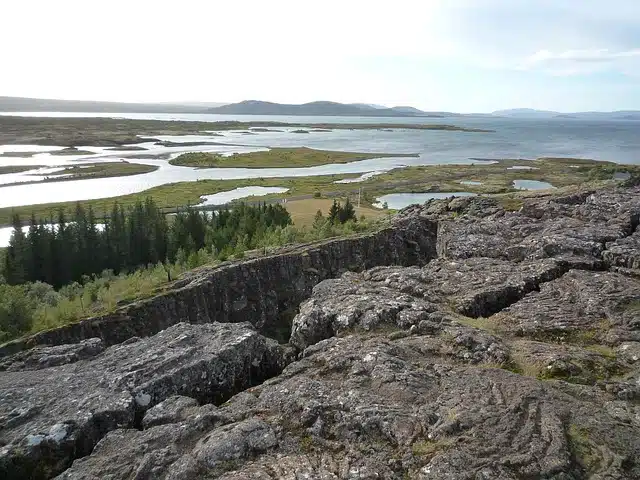
Subduction is the sinking of the edge of one plate under the edge of another.
The term subduction has its etymological origin in the Latin word subductio , which refers to "raise." The notion of subduction is used in the field of geology to refer to what happens when the edge of one plate slides under the edge of another .
tectonic plates
Before moving forward, it is important to know what plates are for geology. This is the name given to the parts of the lithosphere (the outer crust of the Earth) that are semi-rigid and float on the Earth's mantle (the layer located between the central core and the crust). The collision zones of these plates produce tectonic , seismic and volcanic activity .
Sinking phenomenon
Returning to the idea of subduction, it is the sinking of the edge of one plate, which is located below the edge of another. This phenomenon develops in the so-called subduction zones , most of which are distributed throughout the Pacific Ocean . Subduction is the result of an action of two tectonic forces .
It is important to note that the displacement and contacts of the plates cause elastic potential energy to accumulate. Seismic activity is concentrated on the converging margins, with earthquakes generated by subduction being frequent in Haiti , Chile and Japan , among other nations.
In addition to earthquakes , subduction produces magma through the partial melting of sectors of the Earth's mantle. This magma can rise and lead to large volcanic eruptions .
Forces
Regarding the phenomenon of subduction we can point out different related concepts, such as the forces that promote it. In this case we have two: the thrust and the gravitational ones . The first is the one that most often causes subduction, and occurs as a result of the activity of mid-ocean ridges . The push of the younger stones in these ridges generates a force that causes the older ones to collide against the crust of the continent, and the latter responds with an opposite one.
With respect to gravitational forces, on the other hand, which are those that gravity exerts on the plates, the difference between these due to the density of each tectonic plate is one of the main reasons for subduction. A force opposite to gravitation is buoyancy , and the value of each is inversely proportional to that of the other: the greater one is, the less the other will be.
In general terms, we can affirm that the density of the oceanic crust is usually higher than that of the continental crust, something that is explained by its chemical composition: the former is made up of basic and ultrabasic rocks , such as dunites, basalts and gabbros, and weighs a lot. more than the second, whose composition includes acidic and intermediate rocks such as rhyolites, granites and andesites. The oceanic crust is made up of rocks rich in chromium, magnesium, iron and other heavy elements; the continental one, instead of rocks with abundant potassium, aluminum and sodium.

An example of high subduction angles occurs between the Pacific and the Philippines.
Subduction angles
Another essential concept is the subduction angle , which depends largely on the features of the sinking crust that affects the surface . In short, we can say that the subduction angle varies according to the region and can range from 10° to 90° .
Those that reach the highest values are called high angles , and can be observed, for example, in the subduction between the Pacific and Philippine plates. The others are grouped under the name of low angles and occur due to the protuberances of the sinking plate; We can notice this phenomenon in the subduction between the Nazca and South American plates.
